Landscapes of Siberia: finding humanity amid Russia’s wild expanses
Photographer Lena Tsibizova was deep in Siberia, close to Krasnoyarsk’s towering rock formations, when she was invited to photograph Russia’s Old Believers: a secluded group of Eastern Orthodox Christians. Despite the difficult and drawn-out journey it would take her to reach their settlement on the country’s border with Mongolia, it only took seconds for her to accept the invitation.
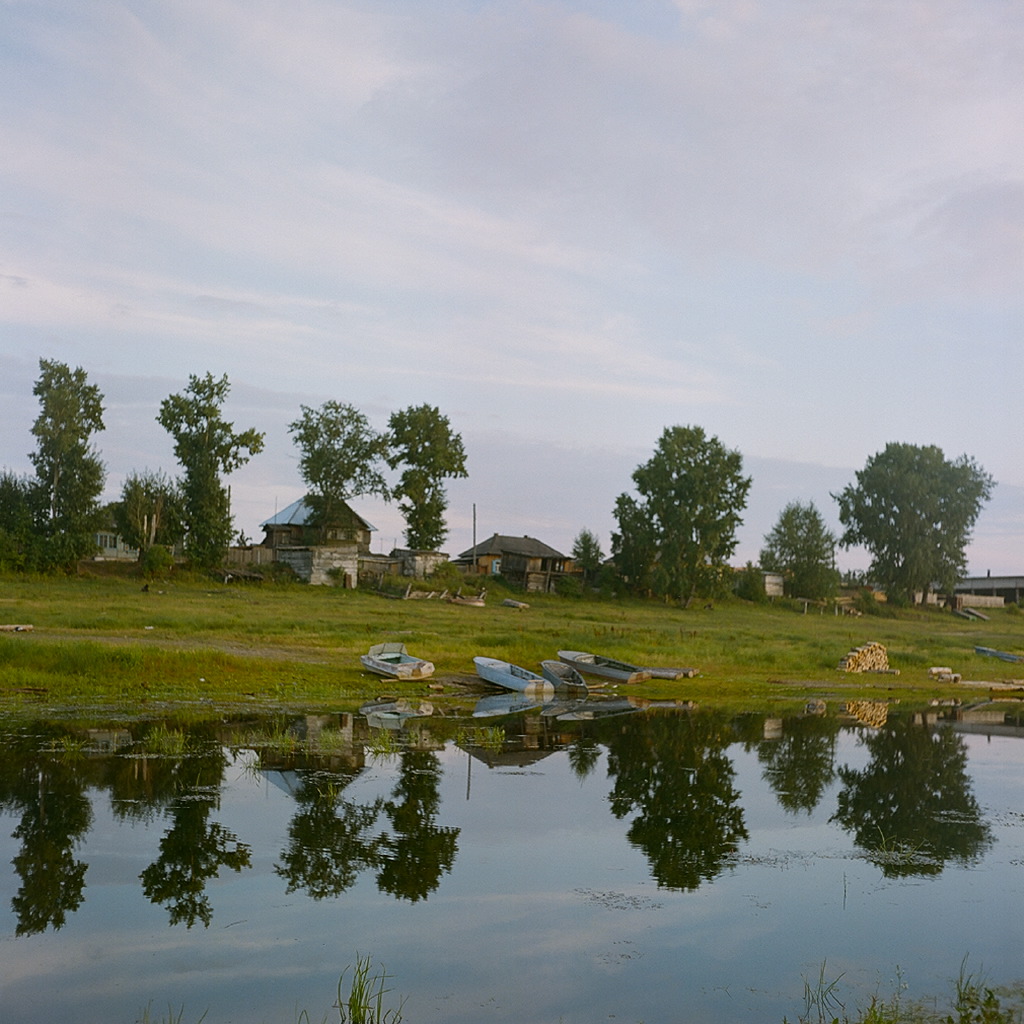
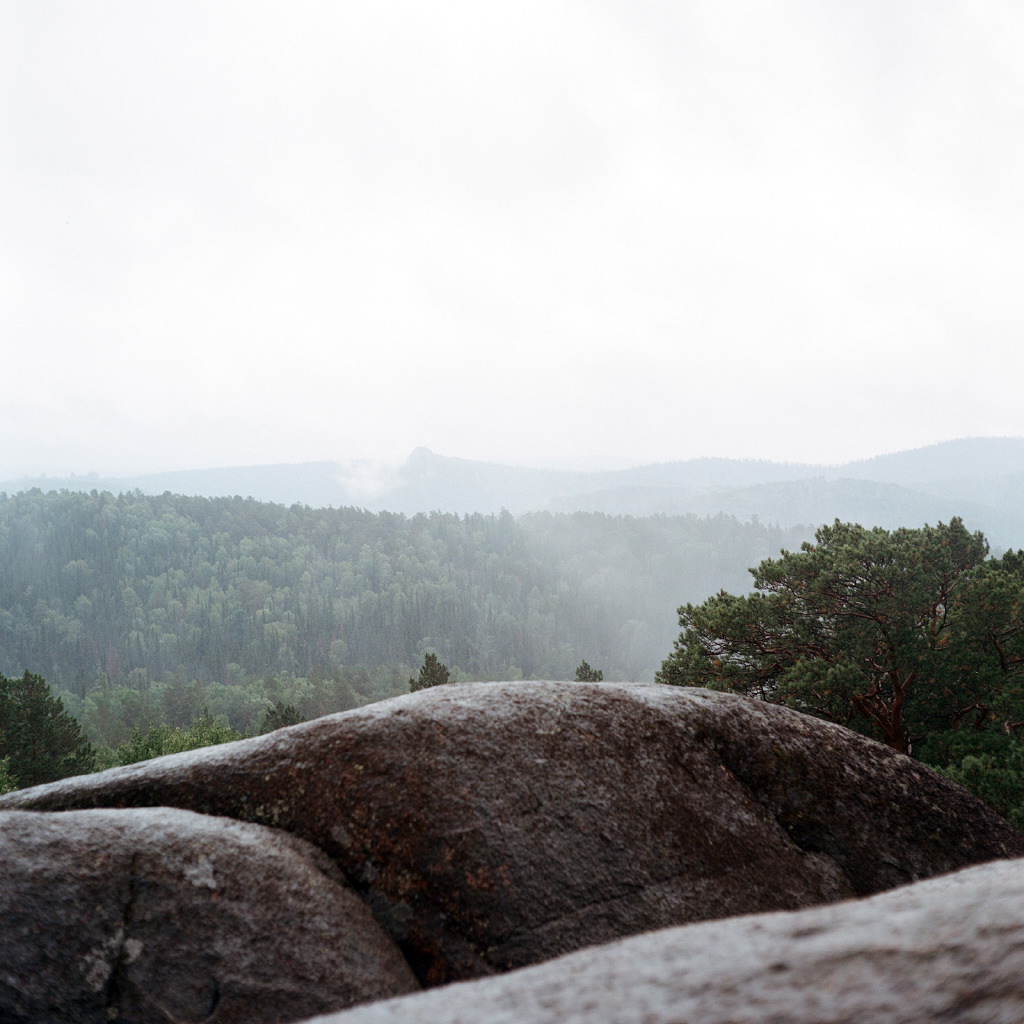
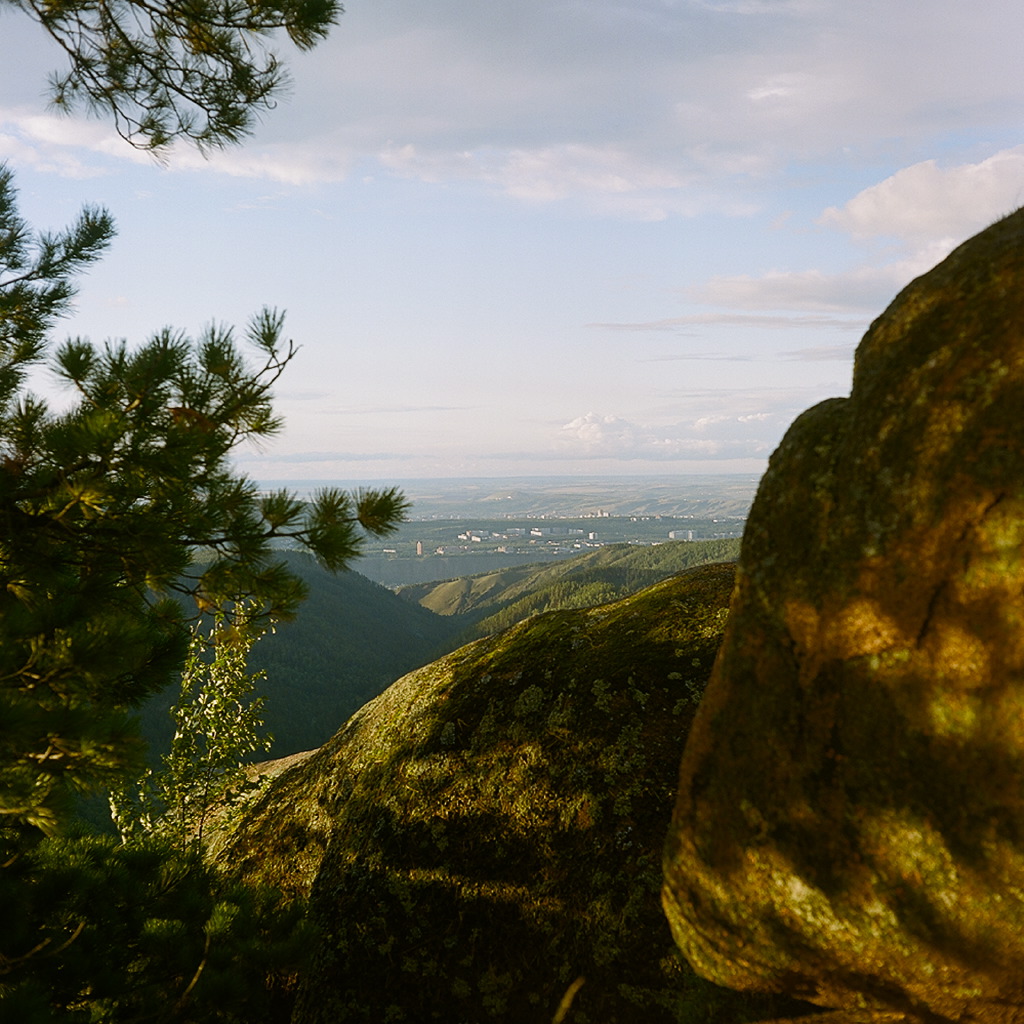
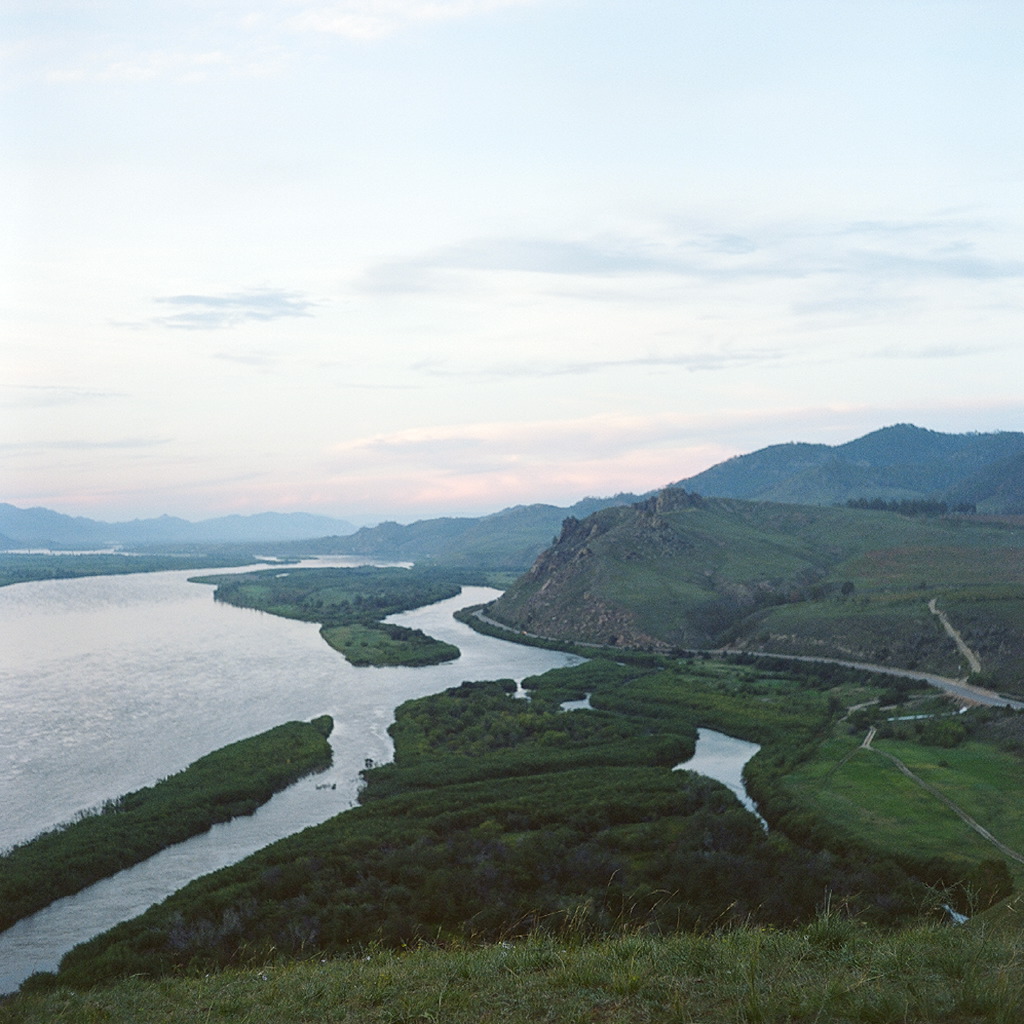
Tsibizova has made it her work to document Russia’s vast wildernesses, capturing daily life in the country’s remote corners. She lived in the Czech city of Brno as a child, surrounded by forests and mountains, and found it difficult when she returned to Russia and was forced to readapt to Moscow’s concrete skylines. At night, she found herself setting out on small expeditions within her neighbourhood to find greener, wilder areas to inhabit and play. ‘I’ve always been more connected with nature than humans,’ Tsibizova admits.
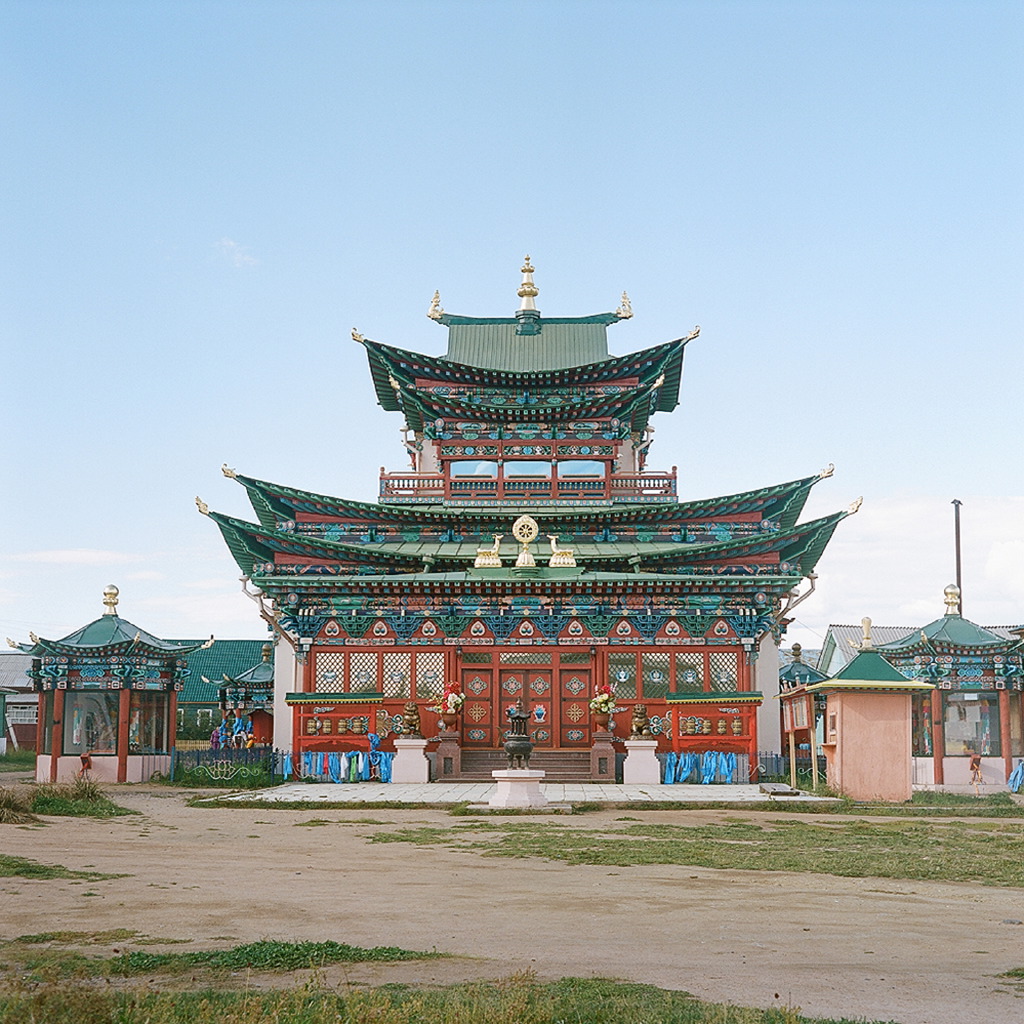
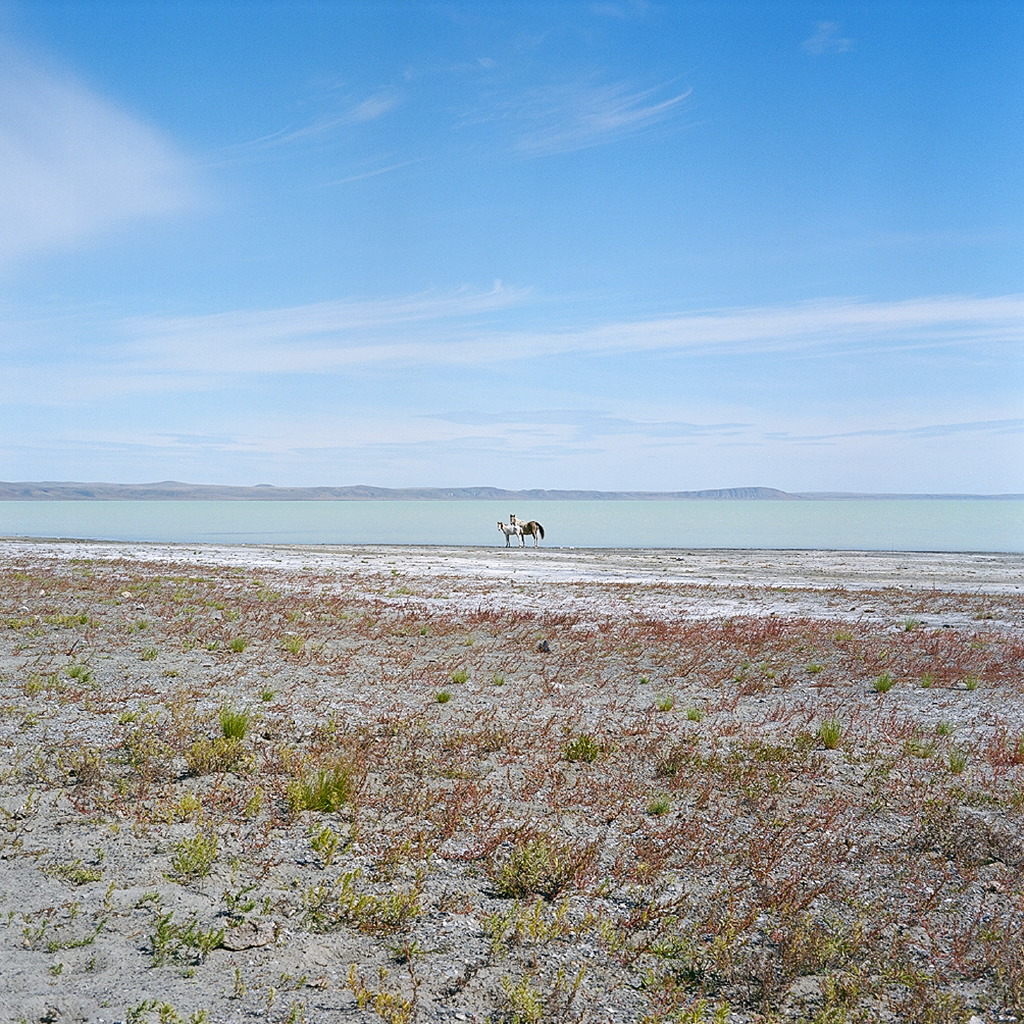
Siberia had seemed like the perfect place to reconnect with the wild. Tsibizova arrived in Krasnoyarsk with a TV crew working on a documentary project on the region. They travelled 400 kilometres across the area, meeting people and recording interviews. But the journey further east allowed her to truly capture Russia’s vast expanses, and the intricate connections between the wild places and those who inhabit them: seemingly simple, but in fact multilayered and deep.
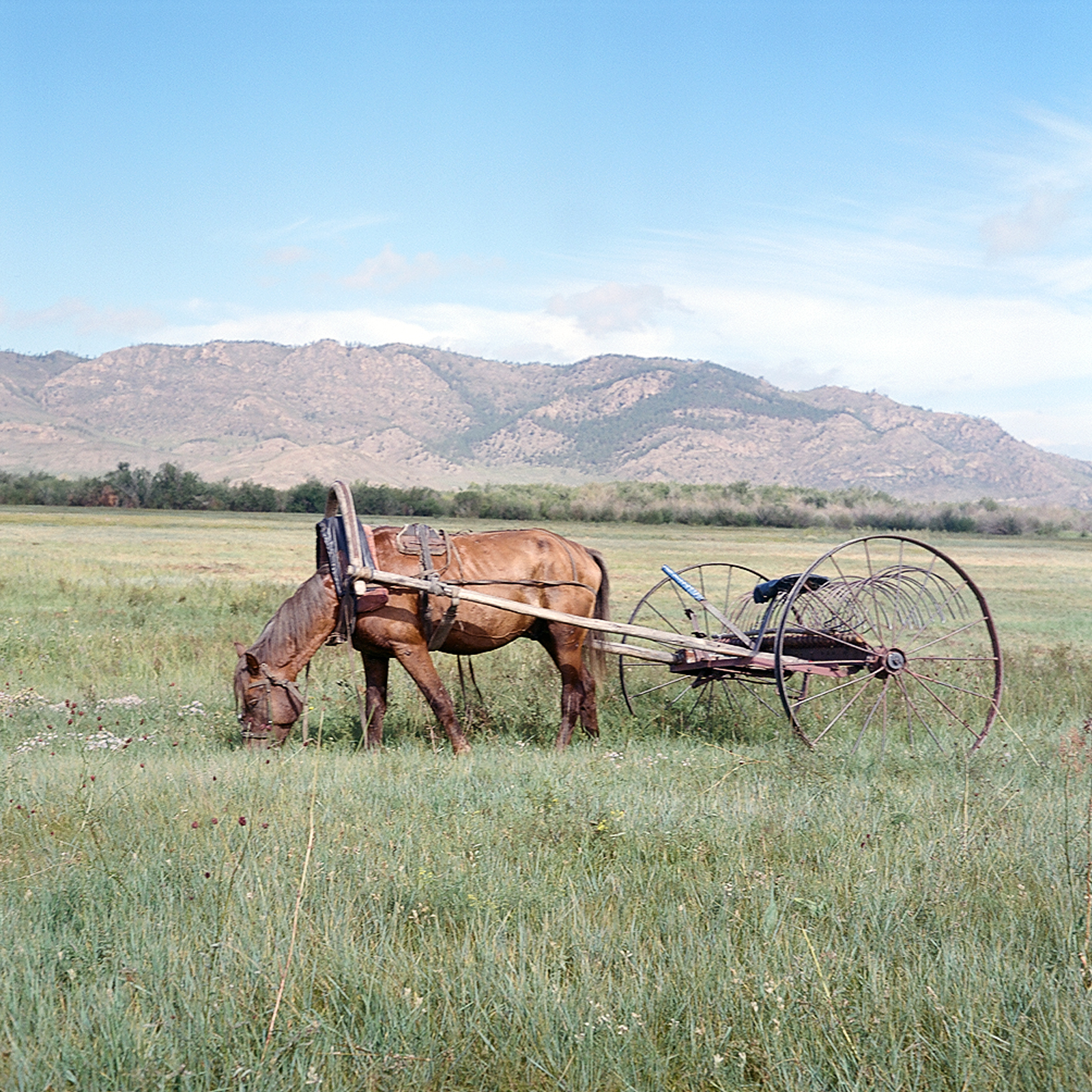
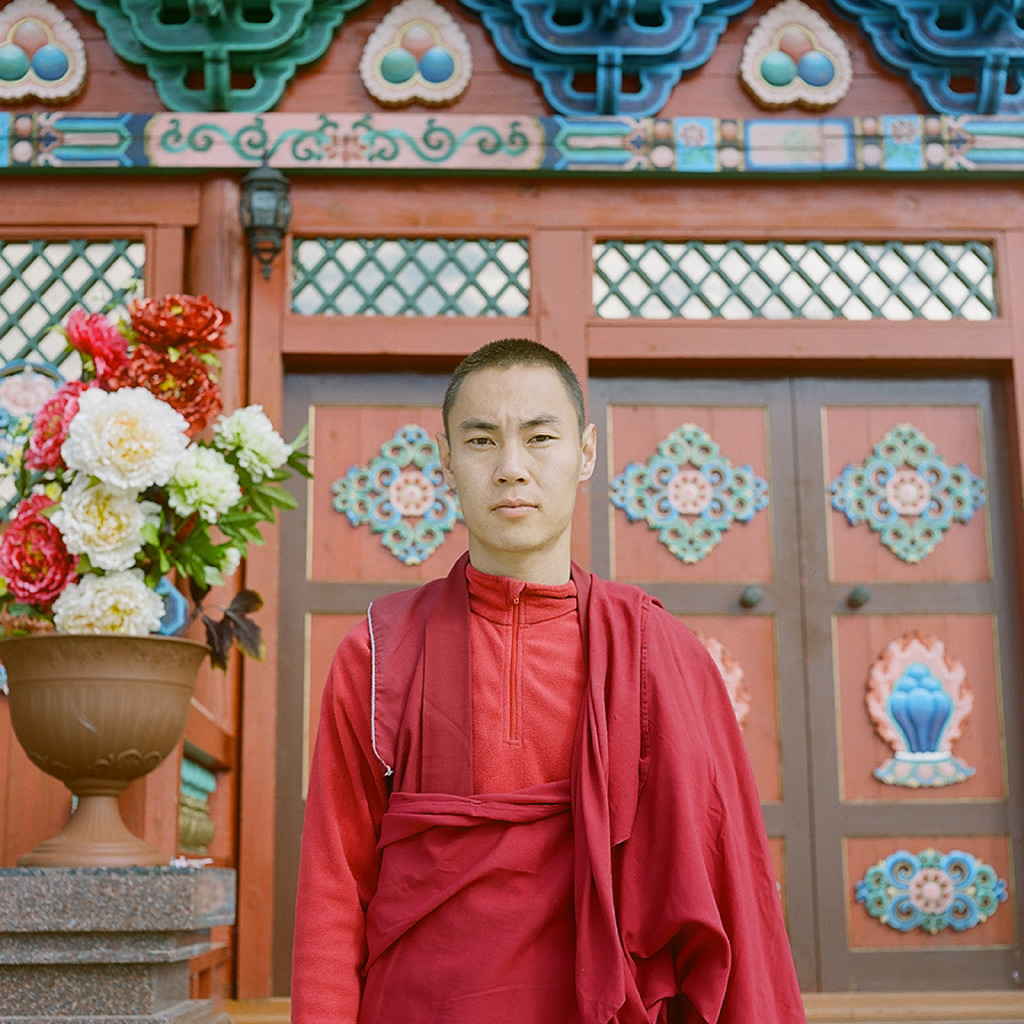
Along the way, she often found herself talking to old women and flicking through their photo albums, absorbing the poetry of their simple life. “Father Sergey, his wife and their neighbours bake their own bread and polyphonic songs. Being able to feel the tranquility of their life really warmed my heart,” Tsibizova recalls. “I’m drawn by overlapping realities, sounds, details, events, the way they interweave and the opportunity to see it crystal clear in the calm, untouched natural surroundings.”
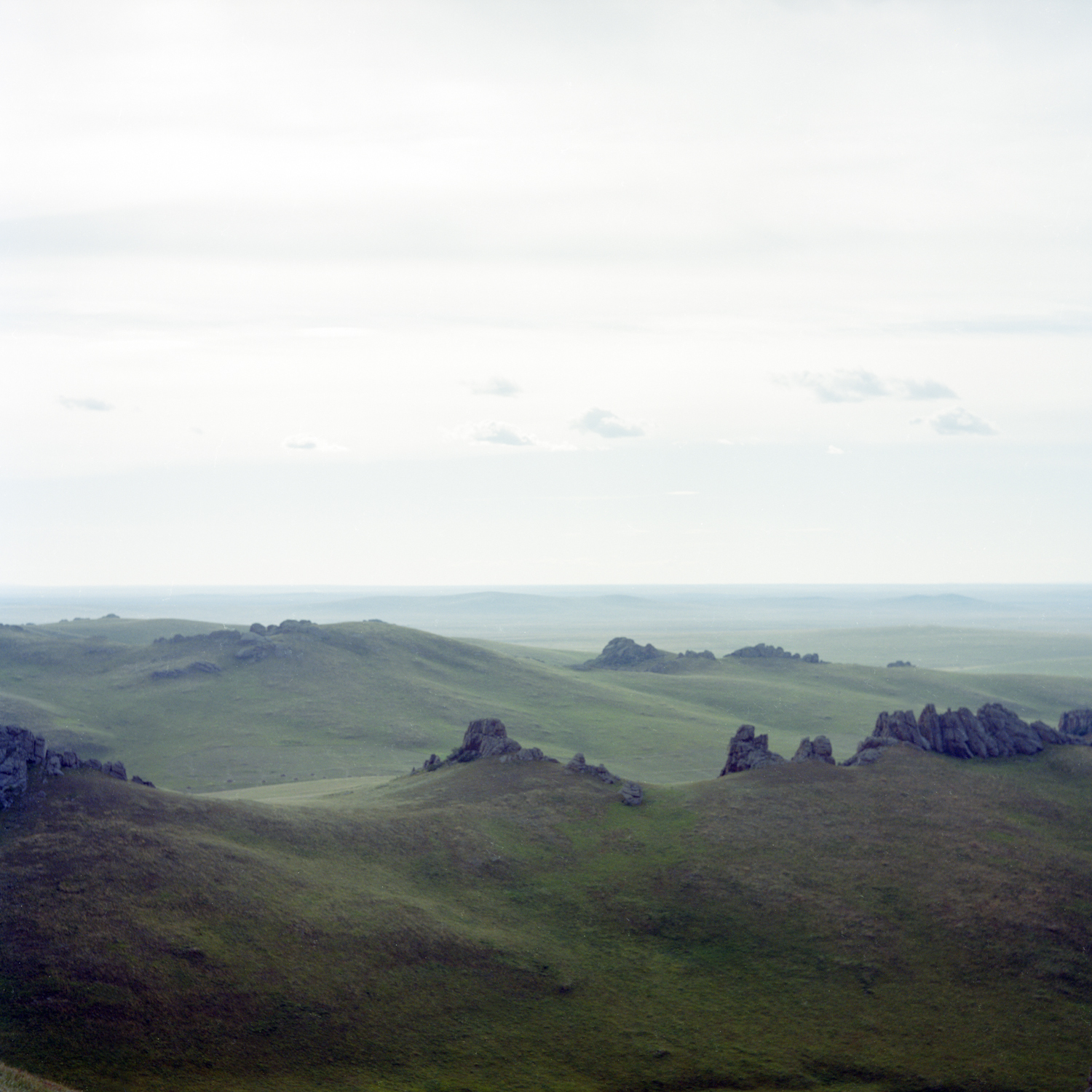
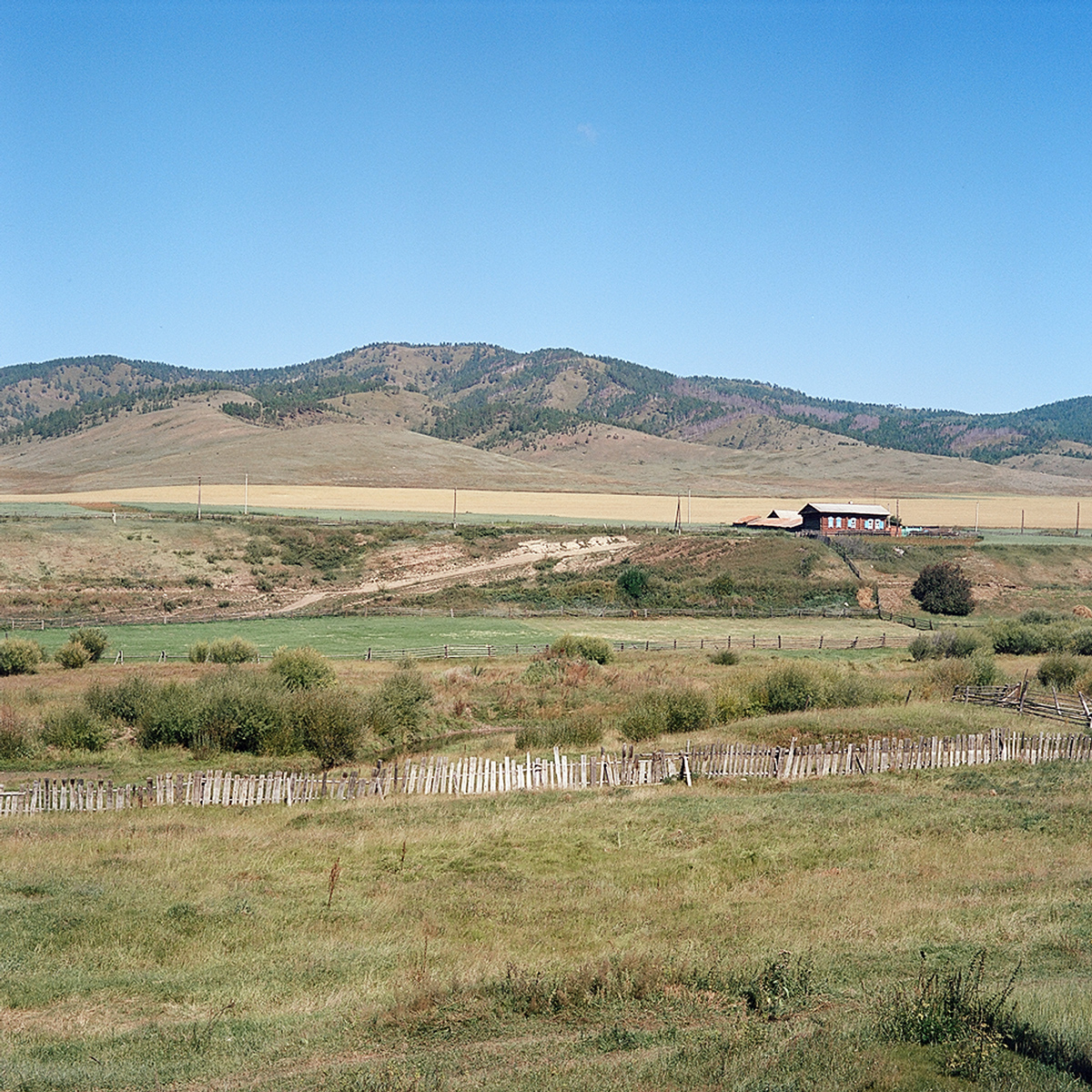
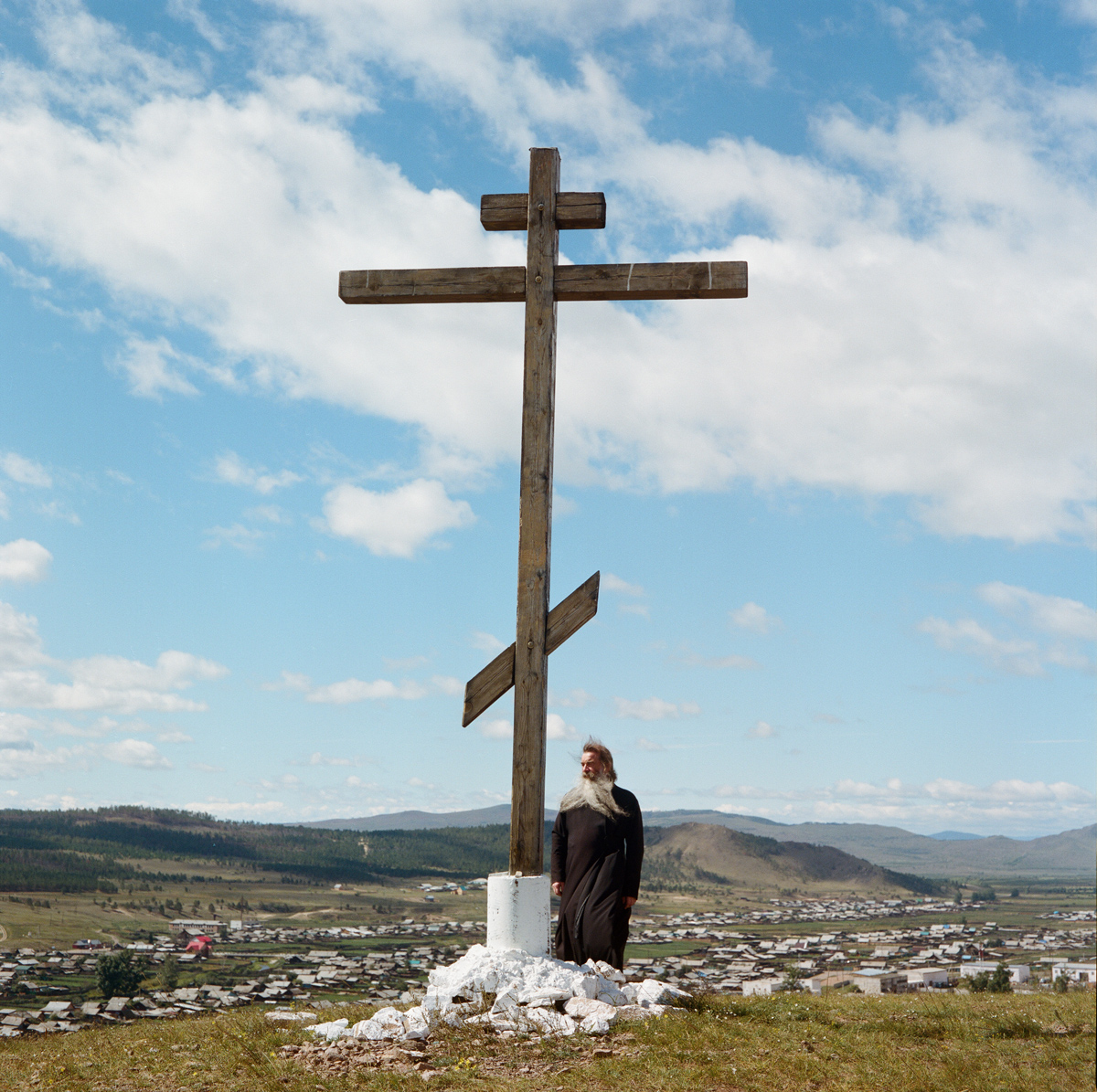
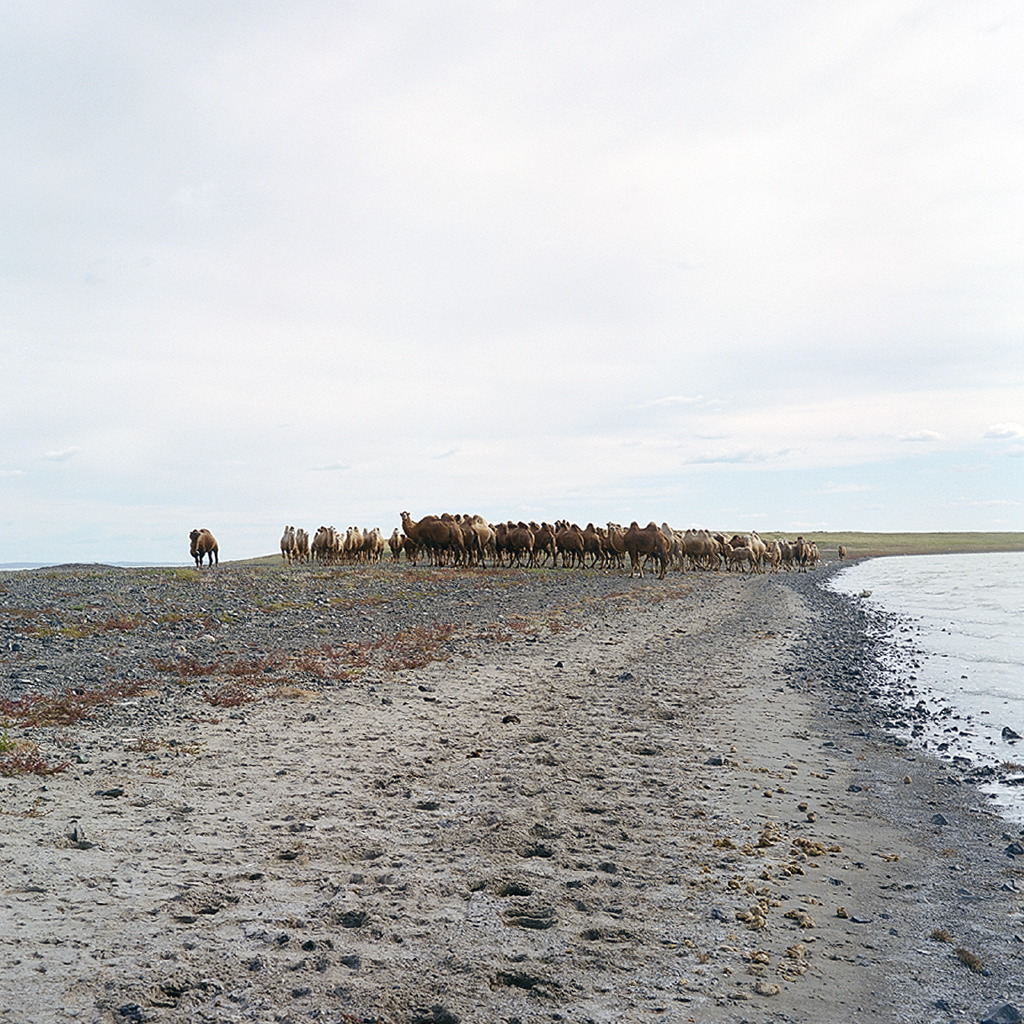
By forming and observing unlikely friendships and encounters — not only between people, but between man and animals — Tsibizova began to take in the wild shape of what it really is to be human. The photographer would constantly feel that animals were close, often spotting signs such as fresh bear droppings. Later on, Tsibizova and her crew spent a night in an old railway coach, 20 kilometers away from the border with Mongolia in the Dauria nature reserve, equipped with a hand light to scare off wolves in case of a nighttime attack. There are more than 360 unique species living in the park, including Siberian gazelle or procapras.
‘I hadn’t seen anything quite like it in Russia before,’ Tsibizova shares, as she remembers the breathtaking panorama across the miles of soothing wild.